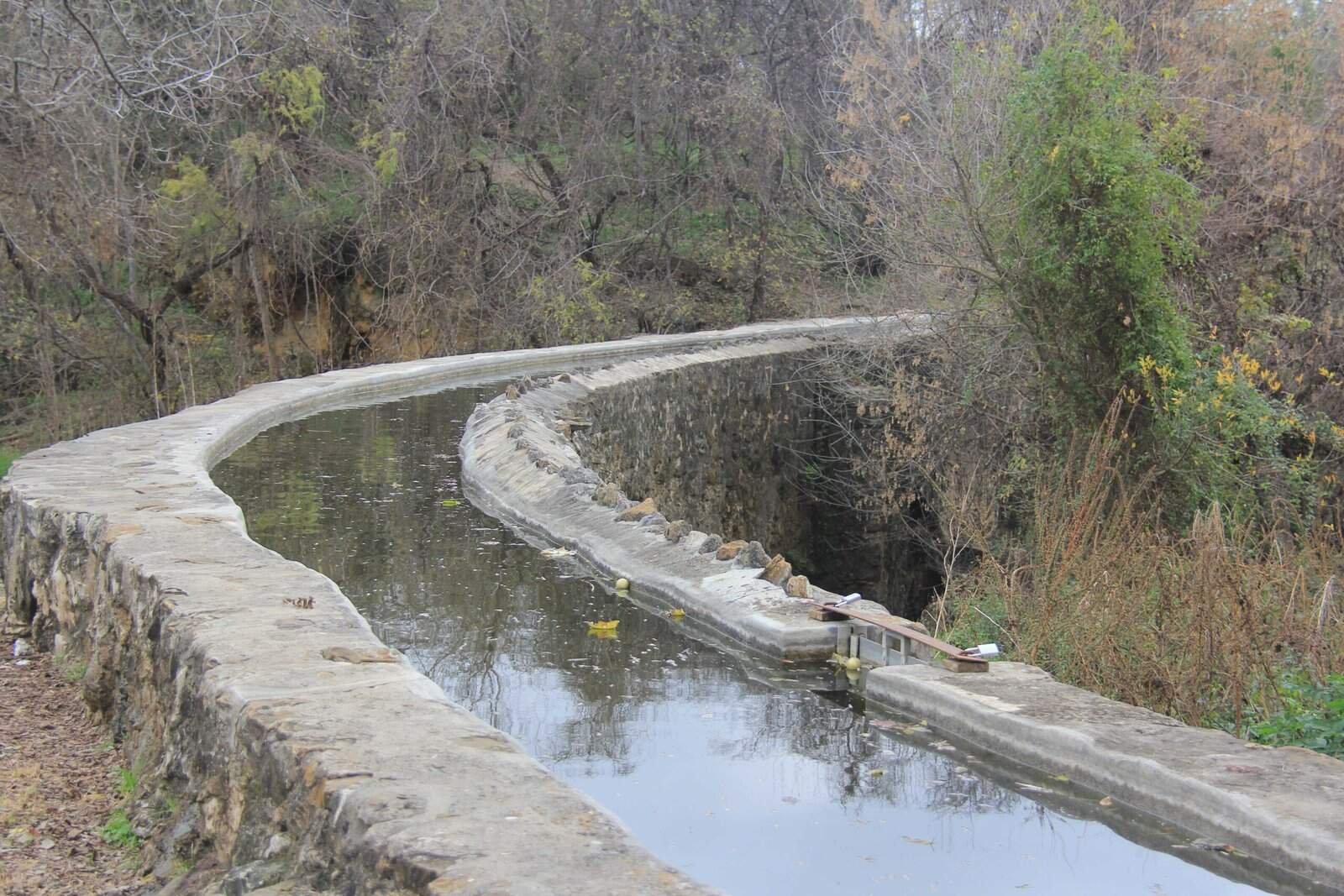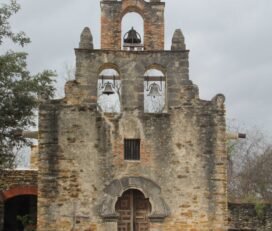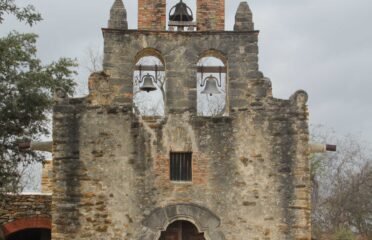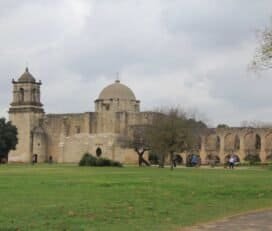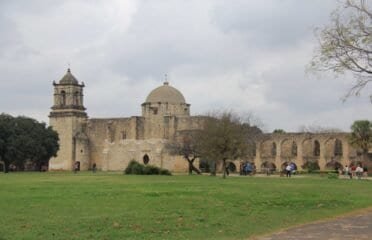Espada Aqueduct – San Antonio, Texas
Overview
The Espada Aqueduct is one of the most remarkable examples of Spanish colonial engineering in the United States, located just south of San Antonio along the San Antonio River. Built in the 1740s by Franciscan missionaries and Native American laborers, the aqueduct was designed to carry water from the river into the irrigation system, or acequia, that supported Mission Espada and its farmlands. Today, the aqueduct is not only a functional piece of history — still channeling water centuries later — but also part of the San Antonio Missions National Historical Park, a UNESCO World Heritage Site. Its graceful stone arches and enduring utility make it a must-see for anyone exploring the missions trail.
Why Visit
- See the only remaining Spanish colonial aqueduct in the United States
- Learn how water shaped the success of the San Antonio missions
- Admire the craftsmanship of 18th-century stonework that still functions today
- Combine your visit with nearby Mission Espada for a full historical experience
- Enjoy peaceful natural surroundings along the Mission Reach of the River Walk
Highlights
- Stone Arches: The aqueduct’s iconic twin arches, spanning Piedras Creek
- Acequia System: Part of a 15-mile irrigation network that transformed the San Antonio River valley
- Scenic Trails: Walking and cycling paths that pass directly by the aqueduct
- Working Heritage: Water still flows through the aqueduct into the fields, just as it did in the 1700s
History & Cultural Significance
The Espada Aqueduct was constructed between 1731 and 1745 as part of an advanced irrigation system to support Mission San Francisco de la Espada. Using locally quarried limestone and masonry techniques brought from Spain, Franciscan friars and Coahuiltecan laborers created a waterway that diverted river water over Piedras Creek and into farmlands surrounding the mission. The acequia system irrigated crops such as corn, beans, and squash, sustaining the mission’s Native residents and ensuring the survival of the community. Its survival today is a testament to the ingenuity and durability of Spanish colonial engineering. UNESCO recognized the aqueduct and the entire San Antonio missions system as a World Heritage Site in 2015, acknowledging its outstanding cultural value.
Typical Costs & Tickets
Visiting the Espada Aqueduct is free of charge. As part of the San Antonio Missions National Historical Park, it is open to the public year-round. Guided tours may be available through park rangers at Mission Espada, also free of charge. Parking nearby is also free, though spaces can be limited during weekends.
Best Time to Visit
The aqueduct can be visited year-round, but spring and fall offer the most comfortable weather for walking and cycling the Mission Reach trails. Early morning and late afternoon provide soft lighting ideal for photography, especially of the aqueduct’s stone arches. After rainfall, the water flow is stronger and makes the aqueduct especially impressive.
Nearby Experiences
The Espada Aqueduct is located less than a mile from Mission Espada, making it easy to explore both on the same visit. The Mission Reach of the San Antonio River Walk connects all five missions by hiking and cycling trails, allowing for a scenic tour of the entire system. Nearby Concepción Park and Padre Park provide additional opportunities for birdwatching, picnicking, and enjoying the outdoors. Downtown San Antonio is just a short drive north, where you can experience the Alamo and the famous River Walk.
Travel Tips
- Wear comfortable shoes for walking or cycling the Mission Reach trail
- Bring water and sun protection, especially in summer
- Pair your visit with Mission Espada to understand how the aqueduct supported daily life
- Photography is excellent at sunrise or sunset, when the arches are beautifully lit
- Check the National Park Service website for ranger-led programs or special events
Fun Facts & Local Legends
- The Espada Aqueduct is the oldest Spanish colonial aqueduct in the United States still in operation
- Its arches were constructed without modern machinery, using hand tools and limestone blocks
- The acequia system it fed was critical to the missions’ survival in the dry climate of South Texas
- Local legend says that on quiet evenings, the sound of water flowing through the aqueduct has a calming, almost musical quality — a reminder of centuries of continuous use


